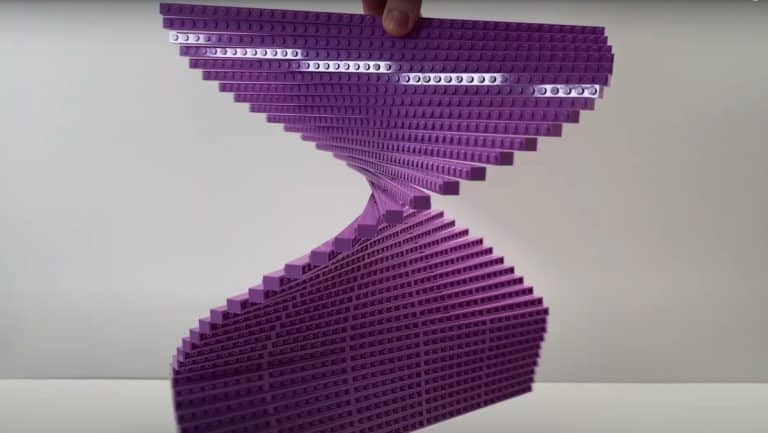Some videos are not just visual spectacles — they let you feel the pulse of the universe. NASA’s Solar Dynamics Observatory (SDO) has created one such masterpiece: three years of solar observations condensed into just three mesmerizing minutes. Watching it, you can’t help but realize how small our world really is under the reign of this fiery star.
Capturing the Sun Every 12 Seconds
Since its launch in 2010, SDO has been taking an image every 12 seconds, not in just one wavelength but in ten different wavelengths. Among these, the 171-angstrom (extreme ultraviolet) view is particularly striking, revealing plasma in the sun’s corona at around 600,000 Kelvin.
For this three-minute time-lapse, NASA selected two frames per day over three years. Hundreds of thousands of images flow seamlessly into a hypnotic stream, showing the Sun’s 25-day rotation, the waxing and waning of sunspots, violent solar storms, and fleeting extraordinary events.
Hidden Easter Eggs in the Video
According to NASA, sharp-eyed viewers can spot several hidden gems:
- 🌑 Partial eclipses of the Sun by the Moon
- 🔄 SDO roll maneuvers as the spacecraft repositions
- ☄️ Comet Lovejoy’s passage in December 2011
- ☀️ August 9, 2011 X6.9 Solar Flare — the largest of this solar cycle
- ⚫ The Transit of Venus on June 5, 2012
These little “easter eggs” turn a three-minute video into a journey you’ll want to replay again and again.
Why It Matters for Science
This unbroken stream of solar data is more than just eye candy; it’s a scientific revolution. Events like coronal mass ejections (CMEs) and massive solar flares can disrupt satellites, power grids, and astronauts in space. That’s why this footage is critical: it helps researchers predict space weather in the future.
Every frame not only captures the Sun’s beauty but also its unpredictability. With SDO’s steady watch, scientists are learning how these giant explosions form — a step closer to protecting our technology-driven world.
Where Science Meets Art
Perhaps the most enchanting aspect of this project is how science blends with art. NASA’s visualization team even created a composite portrait by blending 25 images together, capturing the Sun’s shifting active regions. The result looks like a Van Gogh painting, painted not in oils but in plasma.
And to complete the experience, the video is set to violinist Martin Lass’s “A Lady’s Errand of Love,” turning the Sun’s turbulence into a cosmic ballet.
Why You Should Watch
Because this video is a cosmic diary, written by a spacecraft that never blinked for three years.
Because in these frames, you see both the cold precision of science and the raw beauty of the universe.
And perhaps most importantly, because it lets us see the Sun not just as “a source of heat and light,” but as a living, breathing, erupting, and dancing star.






